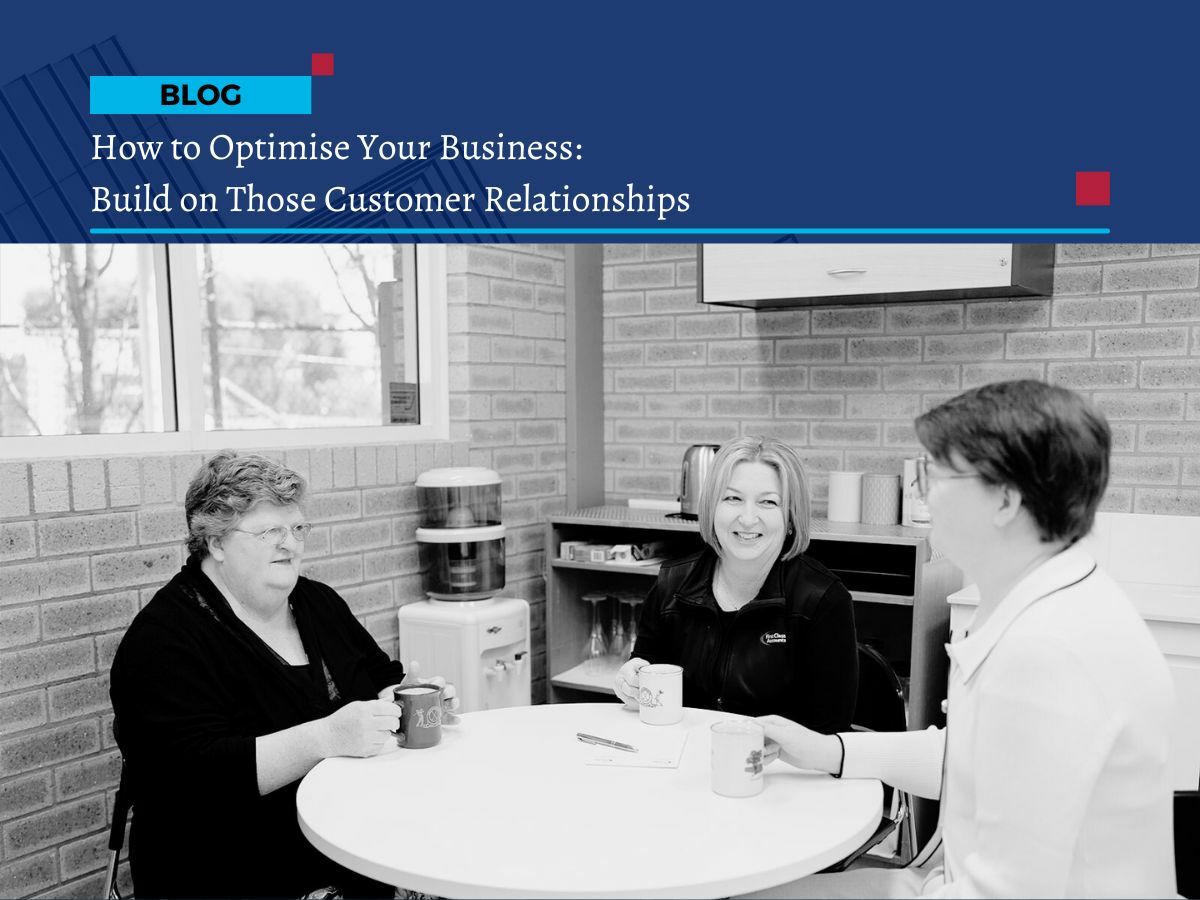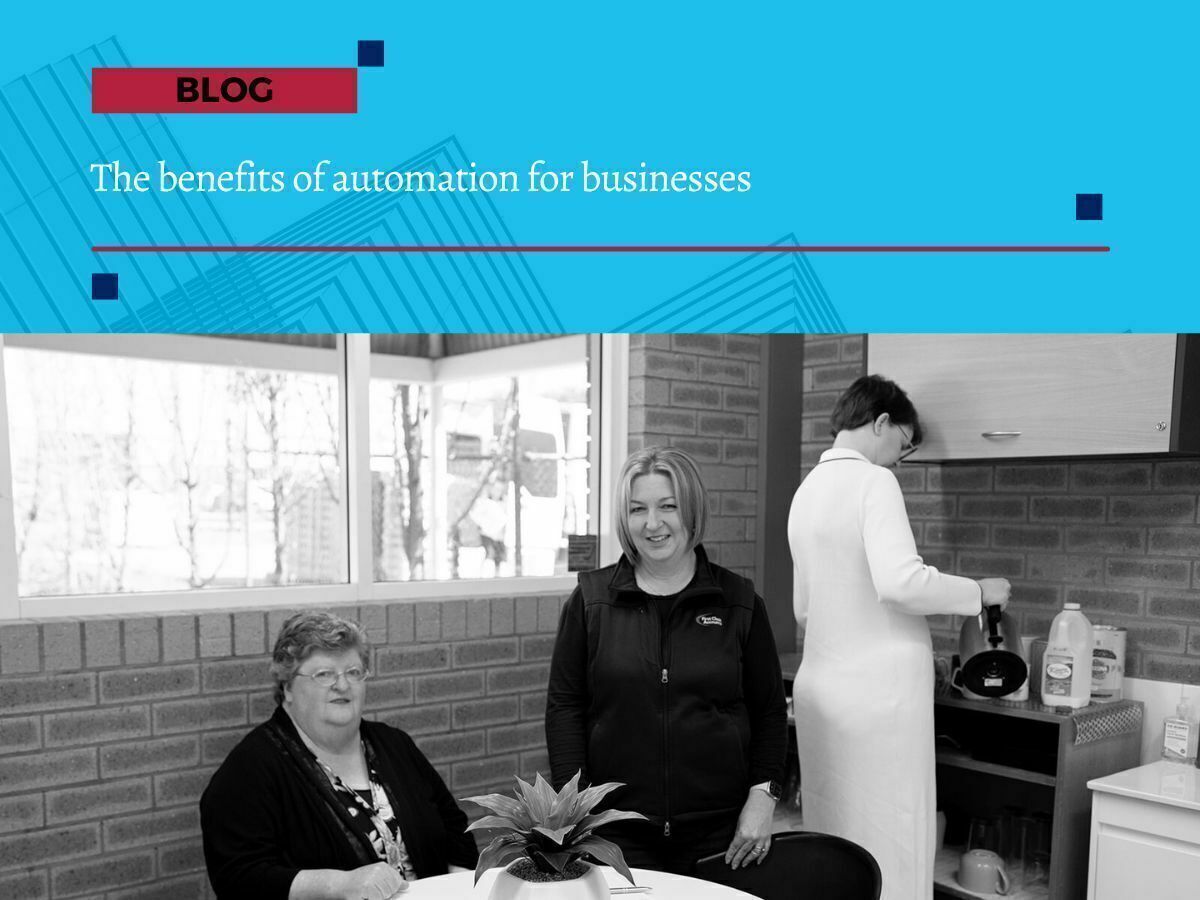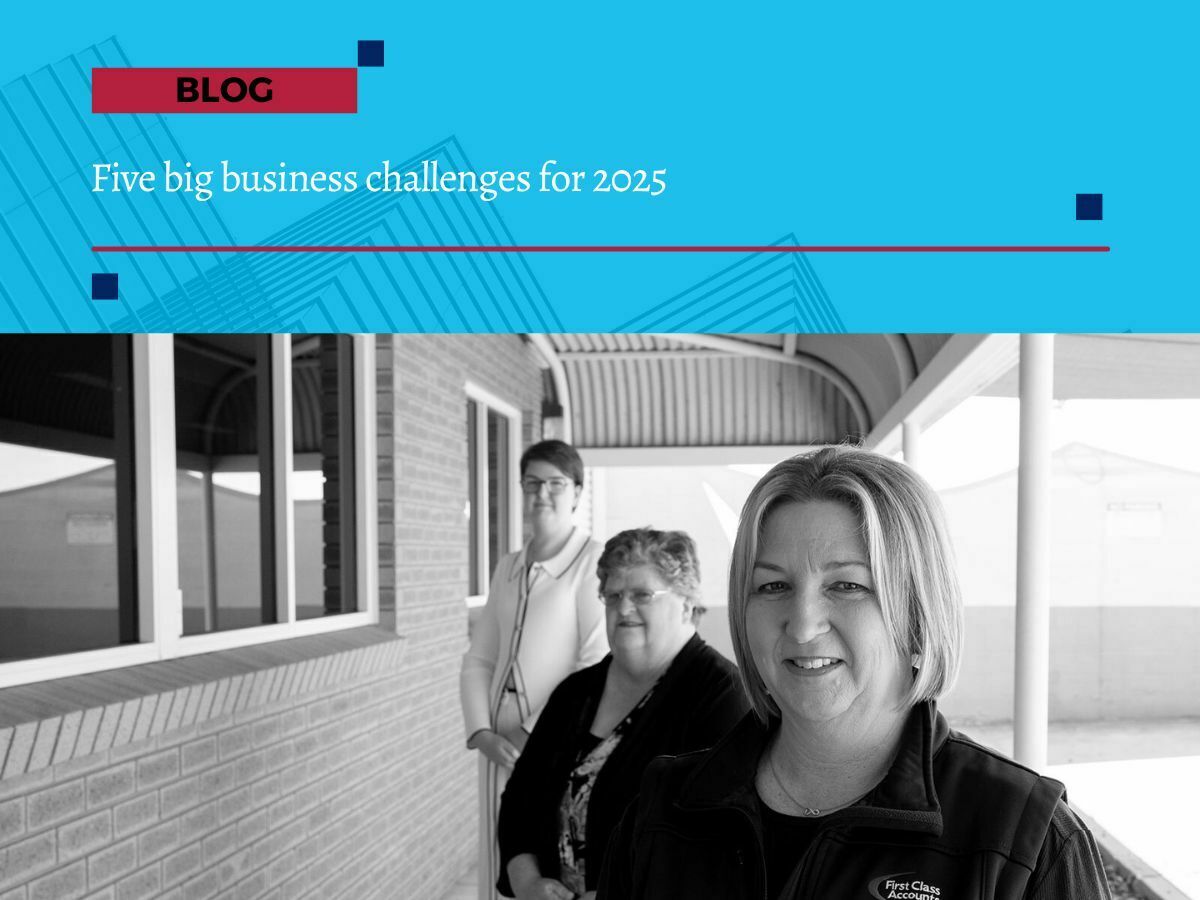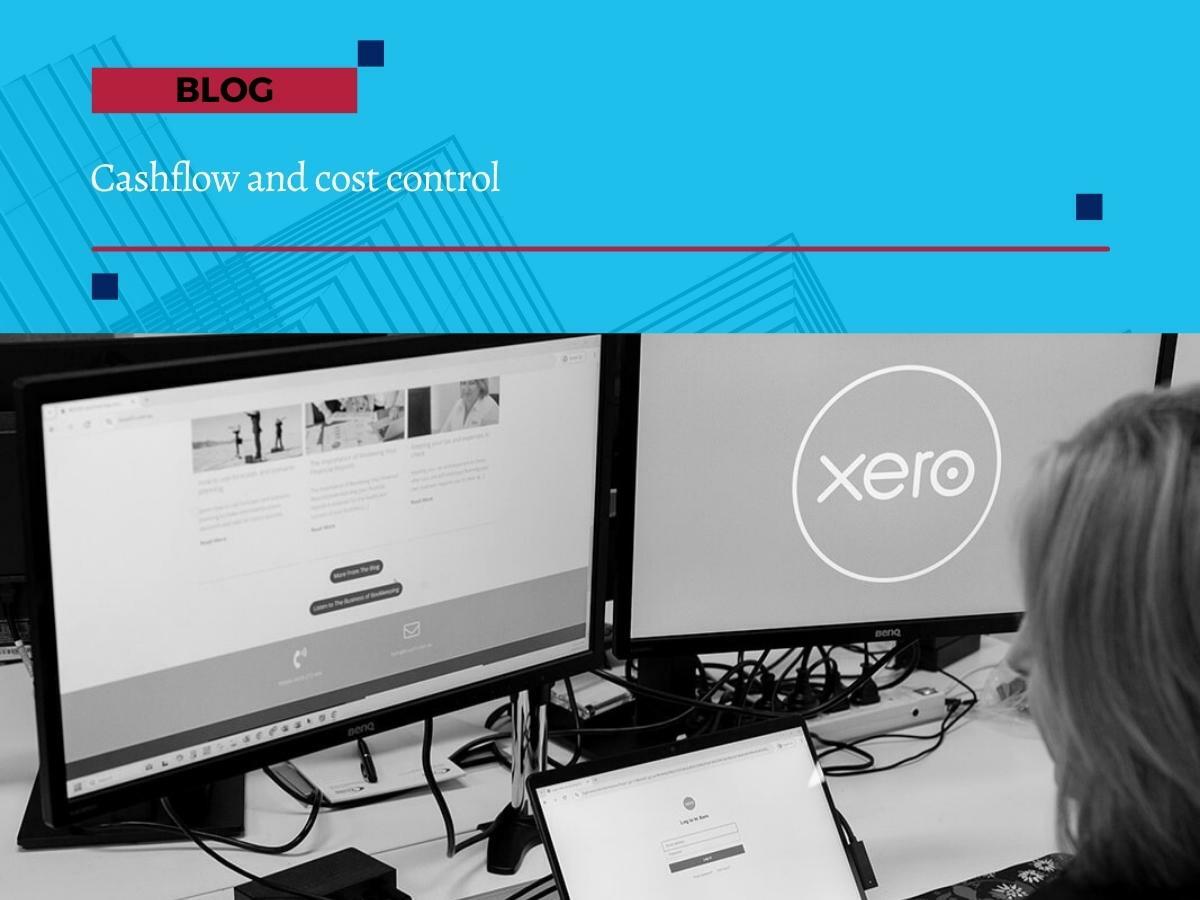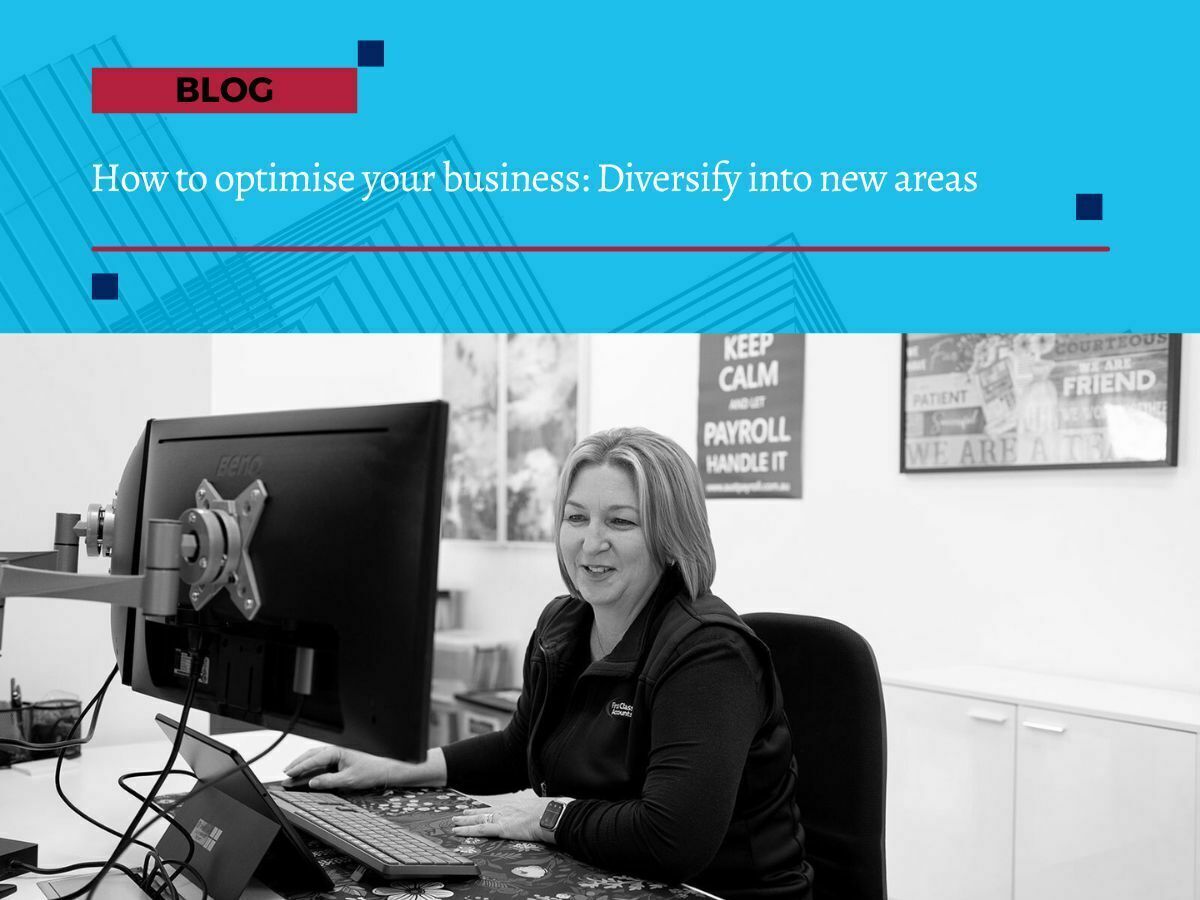
How to optimise your business: diversify into new areas
How to optimise your business: diversify into new areas
Being able to evolve over time is vital if you want your business to last. The market doesn’t stand still, so it’s important to explore business diversification strategies and to keep your offering fresh.
In this series, we’ll look at some key ways to optimise your business, exploring different avenues to evolve your enterprise and create a legacy you can be proud of.
Read the previous series articles:
- How to optimise your business: six areas to focus on
- The benefits of automation for businesses
- Optimising your financial management for business success
- Build on those customer relationships
This week, we’ve got some suggestions on ways to diversify your business offering.
5 ways you can diversify as a small business
You may well have a product range and a customer base that’s ticking over nicely. But customer and market needs can change very quickly. Blockbuster, for example, had a huge international business, but the invention of on-demand movies killed that business in just a few years.
If you want to bake longevity into your business, it’s crucial to keep moving and re-examining the value that you bring to your audience.
Here are five potential business diversification strategies:
1. Introduce new products or services
Expand your offerings by developing complementary products and/or services. This could mean bundling existing offerings, or creating entirely new lines to cater to existing and new customer needs.
Before making major changes, it’s essential to understand your business’s financial position. First Class Accounts Ovens & Murray can provide financial reporting and cash flow forecasting to ensure your diversification strategy is sustainable and aligns with your business goals.
2. Diversify into new sectors
It’s easy to get comfortable in your existing market niche. But you’ll find more opportunities by entering new, related or unrelated markets. This cuts your reliance on a single market, cutting down the risk of putting all your eggs in one basket. It also introduces your brand to a whole new customer audience.
Expanding into a new sector often means dealing with different tax obligations, payroll structures, and compliance requirements. Our team at First Class Accounts Ovens & Murray can ensure your bookkeeping and payroll processes are set up correctly, helping you avoid costly mistakes.
3. Deepen your market penetration
Going deeper into your existing target market can reveal a whole new audience. Think about what you can add to make your offering more attractive. Put cross-selling and upselling strategies in place to increase the sales potential from existing and new customers and listen hard to customer feedback.
Accurate financial data is key to understanding customer trends and making informed business decisions. First Class Accounts Ovens & Murray provides real-time reporting and analytics, giving you the insights you need to refine your market penetration strategy.
4. Expand into new territories
Having a new market to sell into is a great way to boost your sales opportunities. Find an international market that has a relevant customer demographic and tailor your products and services to this new foreign audience. Bear in mind though the compliance, customs and tax requirements of going international.
5. Form strategic partnerships
Your reach and revenue potential is greater when you collaborate with other businesses. Entering into a partnership helps you offer joint products or services, leverage your partner’s customer base, or explore new distribution channels. This could be a partner in your existing market, or in a complementary market.
Support for Your Diversification Strategy
If your aim is to optimise your business, diversification is a real must. It introduces you to new sectors and audiences, increases your sales opportunities and reduces risk. First Class Accounts Ovens & Murray provides expert bookkeeping, payroll management, and financial reporting to ensure your diversification efforts are built on a solid foundation.
Talk to our team today about how we can support your business as you explore new opportunities.

